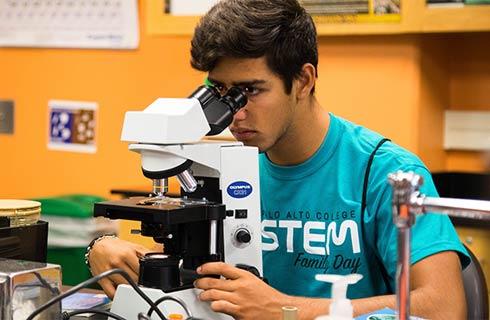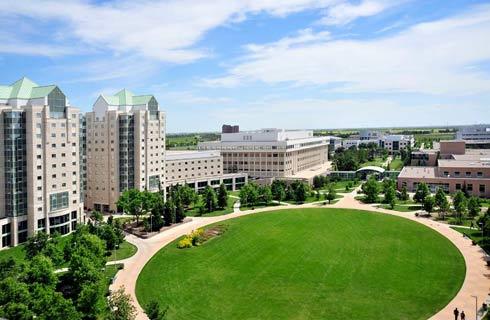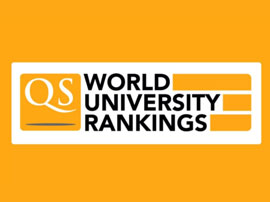Master of Science in Engineering Science

学历文凭
Masters Degree

专业院系

开学时间

课程时长

课程学费

国际学生入学条件
A grade point average (GPA) of at least 3.00 (A equals 4.0) on all undergraduate work (or in the final 64 credit hours) and any graduate work already completed.
Official transcripts, official test scores, and other materials that come from third-party sources must be mailed.
Applicants should have at least a 3.00 GPA on all undergraduate and graduate course work already completed.
Admission is open to students without baccalaureate engineering degrees. Students wishing to work toward a degree through the Donald W. Clayton Graduate Program in Engineering Science should contact an appropriate faculty advisor in the college before applying for admission. ''Engineering Science'' should be indicated as the proposed field of study.
TOEFL minimum score of 550 (paper-based), 213 (computer-based), 79 (internet-based), IELTS minimum score of 6.5.
IDP—雅思考试联合主办方

雅思考试总分
6.5
了解更多
雅思考试指南
- 雅思总分:6.5
- 托福网考总分:79
- 托福笔试总分:550
- 其他语言考试:PTE minimum score of 59
CRICOS代码:
申请截止日期: 请与IDP顾问联系以获取详细信息。
课程简介
相关申请
 预科
预科 奖学金
奖学金 实习机会
实习机会 在校学习
在校学习 跨境学习
跨境学习 校园授课-线上开始
校园授课-线上开始 在线/远程学习
在线/远程学习
学校排名

世界排名501
数据源:泰晤士高等教育世界大学排名
本校相关课程

Bachelor of Science in Agricultural Business
学历文凭
Bachelor Degree
开学日期
课程费用总额


Bachelor of Science in Agricultural Education
学历文凭
Bachelor Degree
开学日期
课程费用总额


Bachelor of Science in Environmental Management Systems
学历文凭
Bachelor Degree
开学日期
课程费用总额


Bachelor of Science in Natural Resource Ecology and Management
学历文凭
Bachelor Degree
开学日期
课程费用总额


Bachelor of Science in Plant and Soil Systems
学历文凭
Bachelor Degree
开学日期
课程费用总额


Bachelor of Science in Textiles, Apparel and Merchandising
学历文凭
Bachelor Degree
开学日期
课程费用总额

其他相关课程

管理工程应用科学学士学位
 滑铁卢大学
滑铁卢大学学历文凭
Bachelor Degree
开学日期
课程费用总额


工学学士
 劳伦森大学
劳伦森大学学历文凭
Bachelor Degree
开学日期
课程费用总额


安大略大学电子工程技术员文凭
 圣力嘉学院
圣力嘉学院学历文凭
Bachelor Degree
开学日期
课程费用总额


大学转学计划-工程
 哥伦比亚学院
哥伦比亚学院 学历文凭
Foundation for Undergraduate
开学日期
课程费用总额


生物系统工程哲学博士
 曼尼托巴大学
曼尼托巴大学学历文凭
Ph.D.
开学日期
课程费用总额


生物系统工程学硕士
 曼尼托巴大学
曼尼托巴大学学历文凭
Masters Degree
开学日期
课程费用总额





















 美国
美国





